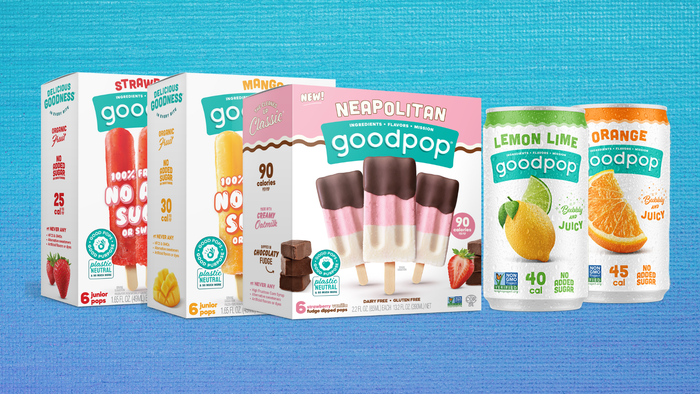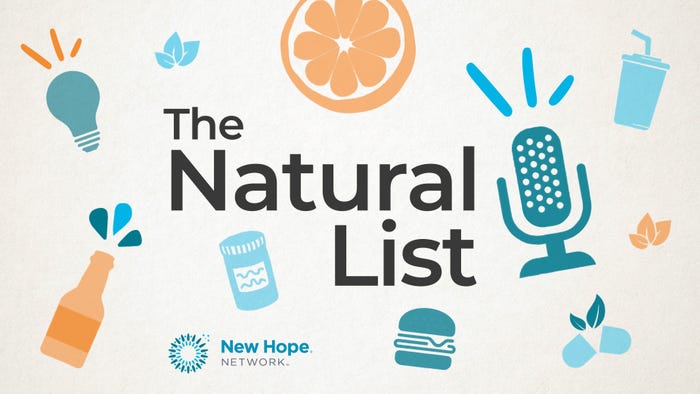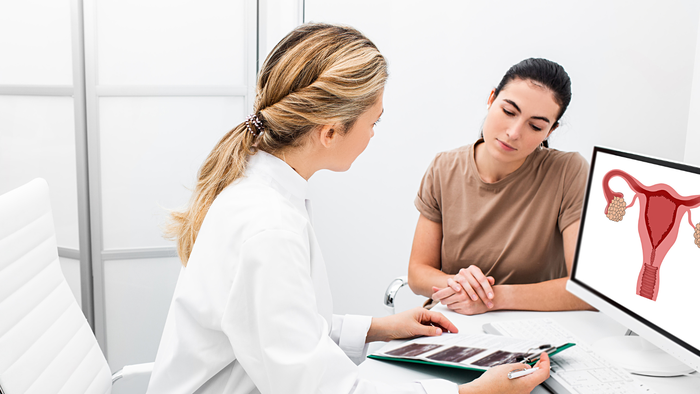Research capsule 2123
March 1, 2007

 Study Claim: GliSODin limited retinal oxidative stress and improved plasma antioxidant status in an animal model.
Study Claim: GliSODin limited retinal oxidative stress and improved plasma antioxidant status in an animal model.
Published: Sicard P, et al. Dietary superoxide dismutase protects against light—induced retinal oxidative stress in young senescence accelerated mice (SAM). Invest Ophthalmol Vis Sci 2006;47: E-Abstract 2089.
Abstract: Oxidative stress from reactive oxygen species has been implicated in many diseases including age-related macular degeneration. The aim of this study was to evaluate the protective effect of dietary supplementation in superoxide dismutase (SOD) on light-induced oxidative stress in a mouse model for ageing, the senescence—accelerated mouse prone 8 (SAM P8).
Weaning SAM P8 and SAM resistant 1 (SAM R1, controls) were used. Animals were exposed three times to light (1900 lux for seven hours) at one, two and three months of age. At three months of age and before the last light exposure, animals were treated by gavage with SOD (GliSODin: 10.8mg/kg/day) or water for seven days. Light exposure did not alter the ERG response since a- and b-wave amplitudes were unchanged whatever the strain and the SOD supplementation. However, plasma antioxidant capacity was increased by 30 per cent in animals treated by SOD. Superoxide anion levels were increased up to 50 per cent in the ganglion cell layer, and by 300 per cent in the outer nuclear layer in all light-exposed mice as compared to nonexposed animals. No differences were observed between SAM R1 and SAM P8. Within light-exposed animals, the SOD supplementation significantly reduced the superoxide anion levels.
These results demonstrate that light exposure promotes retinal oxidative stress without inducing retinal degeneration. The similar results obtained in SAM R1 and SAM P8 animals may be explained by their young age. However, these data suggest that dietary SOD supplementation limits retinal oxidative stress by increasing plasma antioxidant capacity.
Potential Applications: GliSODin is patented and trademarked by Isocell, France. It is available in North America as a nutritional raw material exclusively from PL Thomas, New Jersey. GliSODin protects cells from oxidative stress by activating the body's production of its own antioxidants, including SOD, catalase and glutathione peroxidase.
More info:
+1 973 984 0900
www.plthomas.com
 Study Claim: Probiotics can effectively treat infant colic.
Study Claim: Probiotics can effectively treat infant colic.
Published: Savino F, et al. Lactobacillus reuteri (American Type Culture Collection Strain 55730) versus simethicone in the treatment of infantile colic; Pediatrics 2007 Jan;119(1):e124-30.
Abstract: Infantile colic is one of the most common problems during the first three months of an infant's life, and can affect up to 28 per cent of newborns. It consists of a behavioral syndrome characterised by excessive and inconsolable crying with no identifiable cause. The goal was to test the hypothesis that oral administration of Lactobacillus reuteri in a prospective, randomised study would improve symptoms of infantile colic. Eighty-three breast-fed colicky infants were assigned randomly to receive either the probiotic L. reuteri (10(8) live bacteria per day) or simethicone (60mg/day) daily for 28 days. The mothers avoided cow's milk in their diet. Parents monitored daily crying times and adverse effects by using a questionnaire. The infants were similar regarding gestational age, birth weight, gender, and crying time at baseline.
Daily median crying times in the probiotic and simethicone groups were 159 minutes/day and 177 minutes/day, respectively, on the seventh day, and 51 minutes/day and 145 minutes/day on the 28th day. On day 28, 39 patients (95 per cent) were responders in the probiotic group and three patients (seven per cent) were responders in the simethicone group. No adverse effects were reported.
L. reuteri improved colicky symptoms in breast-fed infants within one week of treatment, compared with simethicone, which suggests that probiotics may have a role in the treatment of infantile colic. The mechanism behind the apparent benefits is not clear, said the authors, but they speculate that the probiotic may contribute to the anti-inflammatory tone of the intestinal environment, which in turn may modify the immune response and the modulating immune responses and movement of the gut.
Potential applications: BioGaia Reuteri Culture comes in three different, producer-friendly forms: freeze-dried powder, freeze-dried DVS (Direct Vat Set) granules and frozen pellets. It is suitable for numerous applications — dairy products, fruit beverages or shots, infant follow-on formula, dairy and clinical nutrition. BioGaia supplies the ATCC 55730 strain used in this study under licence to third parties, and also offers a range of finished goods under its own brand name.
More info:
Sweden: +46 8 555 293 00
US: +1 212 888 3376
www.biogaia.se
About the Author(s)
You May Also Like




